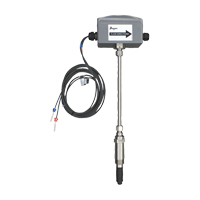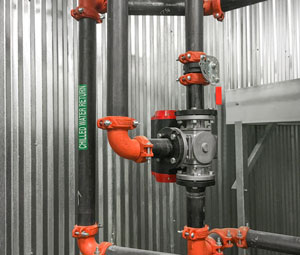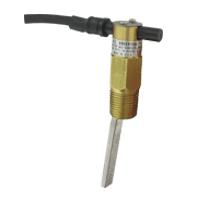 A system integrator in California recently needed to monitor air flow of hydrogen and methane gas, requiring threaded connections to a steel line that the gases flowed through, as well as from the flow sensing device to the transmitter reading flow for their system controller. Hydrogen and methane are difficult gases to deal with, requiring a robust solution to monitor flow through the exhaust line without potentially posing a hazard. Continue reading “Monitoring Air Flow of Hydrogen and Methane Gases”
A system integrator in California recently needed to monitor air flow of hydrogen and methane gas, requiring threaded connections to a steel line that the gases flowed through, as well as from the flow sensing device to the transmitter reading flow for their system controller. Hydrogen and methane are difficult gases to deal with, requiring a robust solution to monitor flow through the exhaust line without potentially posing a hazard. Continue reading “Monitoring Air Flow of Hydrogen and Methane Gases”
Decrypting Thermal Energy Meter Accuracy
“Simplicity is the ultimate sophistication” – Leonardo da Vinci
 These days, energy conservation is on everyone’s mind. From cost savings to environmental concerns, there are many well-known benefits to conserving energy. But understanding exactly how to do so can be confusing. In order to conserve energy, you must know precisely how much energy you are using.
These days, energy conservation is on everyone’s mind. From cost savings to environmental concerns, there are many well-known benefits to conserving energy. But understanding exactly how to do so can be confusing. In order to conserve energy, you must know precisely how much energy you are using.
There are many different methods and tools that can be used to measure your energy consumption, depending on your application. In this post, we will focus on thermal energy measurement and management in hydronic systems. In keeping true to Da Vinci’s quote, we will keep our explanation as simple and straightforward as possible.
Dwyer vs COVID-19 | Monitoring Air Flow & Pressure in Hospitals
Dwyer is committed to aiding in the fight against COVID-19. We have several products that are used in hospitals and the production of ventilators. Ventilators are used to aid COVID-19 patients who have low oxygen levels, support their breathing, and bring oxygen levels to a safe range.
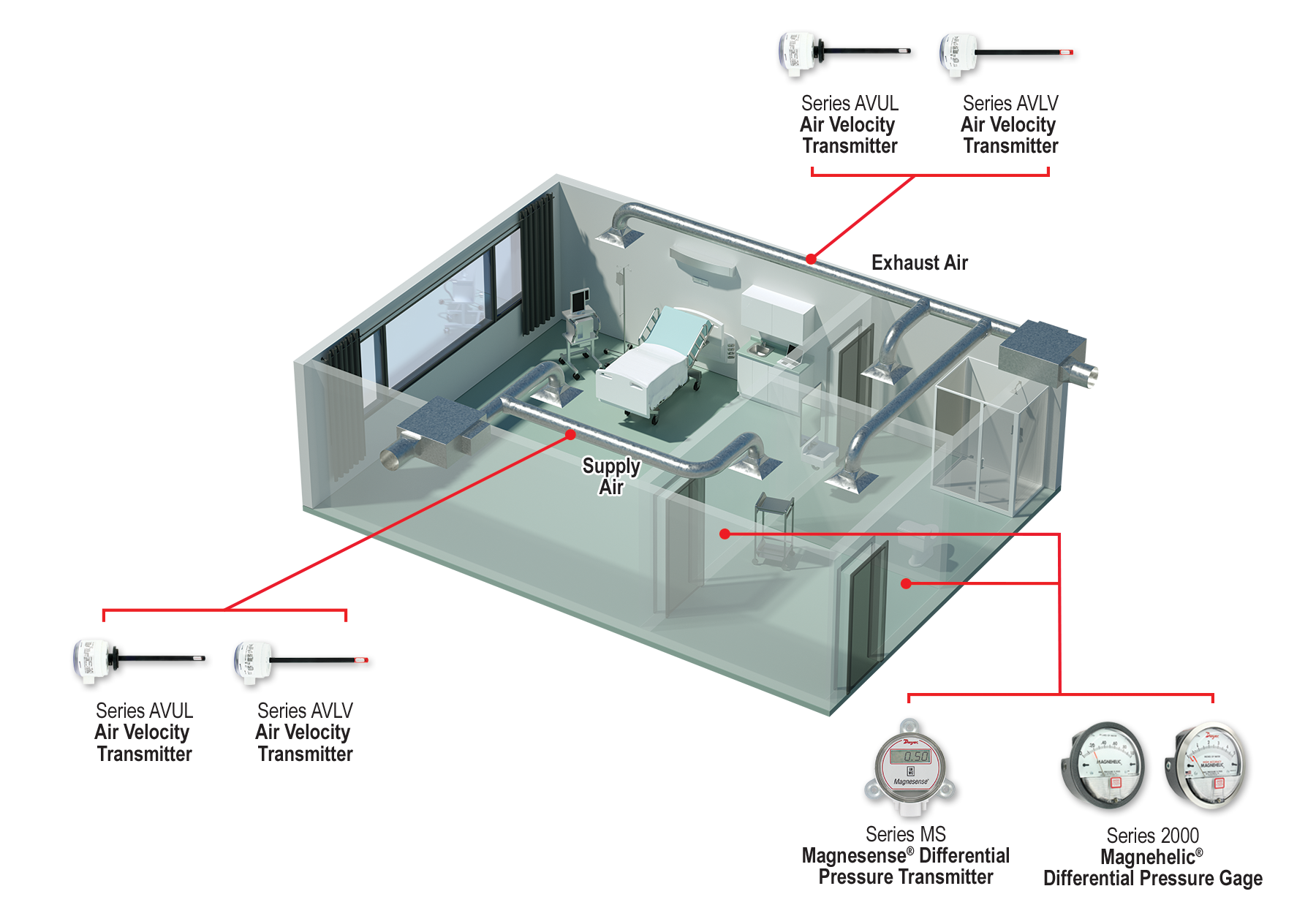
In addition, isolation rooms need to remain at specific pressures and air cycles, so as to not risk exposure of airborne contagions to other patients or healthcare professionals during treatment. Today we’ll be discussing some of the products that Dwyer manufactures that are used in these applications. Continue reading “Dwyer vs COVID-19 | Monitoring Air Flow & Pressure in Hospitals”
What Are 3-Way Ball Valves?
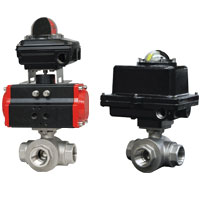
Dwyer Instruments offers a diverse line of 3-way ball valves with a variety of body materials such as brass, stainless steel, and plastic. We also have a variety of end connections to choose from, including: NPT (National Pipe Tapered threads), tri-clamp, flanged, or socket.
What is a 3-way ball valve?
A 3-way ball valve, also known as a multi-port valve, has 3 ports or openings, where one port is common to the other two. This third port offers the fluid an alternate path of travel, which permits the valve to have one inlet and two outlets, or two inlets and one outlet. They also provide simple and economical flow shut-off and direction control in one valve body. Continue reading “What Are 3-Way Ball Valves?”
Proving Water Flow in Rooftop Air Handlers
 We met with an original equipment manufacturer (OEM) last year, who was working on a new design for rooftop air handling equipment. Part of the their design utilized water flow for cooling in a loop.
We met with an original equipment manufacturer (OEM) last year, who was working on a new design for rooftop air handling equipment. Part of the their design utilized water flow for cooling in a loop.
Low or no-flow conditions can cause major damage to expensive pumps, motors, and other equipment, which could result in extensive downtime and repair costs. In order to prevent this, the customer needed an inexpensive, but reliable and robust method for proving water flow. Continue reading “Proving Water Flow in Rooftop Air Handlers”

